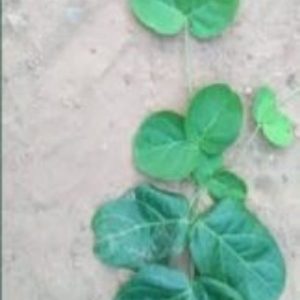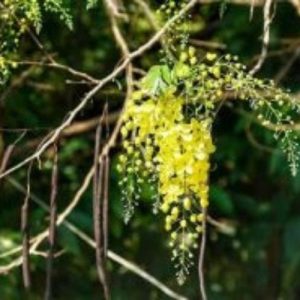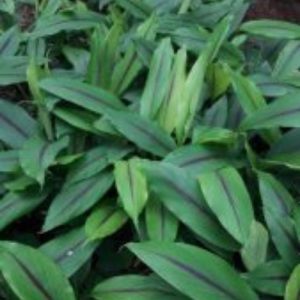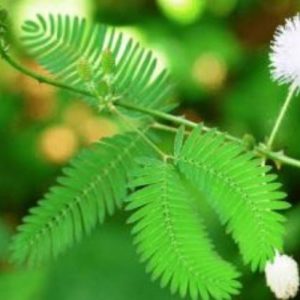Common Name Flame of the Forest, Bastard teak, Battle of Plassey tree, Bengal kino, Palas tree, and Parrot tree.
Maximum Reachable Height Up to 20 meter
Flower Colour Orange/Red Color
Bloom Time January to March
Difficulty Level Easy
Planting And Care
Refer our Garden Guide for detailed procedures and meanings of words related to gardening.
Sunlight
Morning sunlight of more than 6 hours a day is ideal for flowering and plant development.
Soil
The soil should be well drained, fertile and rich in organic content for growing Palash plant.
Watering
Poke your finger/plain small stick into the soil to check the moisture.
Apply 4 cup (approx.200ml) of water when the top soil (1-2 inch) in the pot feels dry to touch.
Do not overwater the plant.
As a rule of thumb, water the plants thoroughly in summer and reduce watering in winter and rainy season.
Water should be applied preferably in the morning or evening.
Application of Fertilizer
Before application of fertilizer loosen the topsoil without disturbing the roots of the plant so, it can uptake the nutrients and moisture easily.
Apply organic fertilizer once a month during the main growing season (December-February)
Apply water immediately after application of fertilizer.
Plant Protection
Remove dead, infected or damaged plant parts and discard them away from the plants.
For any insect attack or disease, you can use Neem oil, Eucalyptus oil or Citrus oil spray for primary treatment.
Don’ts
Do not overwater the plant.
Avoid applying water in hot afternoon, it may cause damage to plant.
Palash Care
Initial care for 1-2 weeks after receiving plant at your location:
Poke your finger/plain small stick into the soil to check the moisture.
Apply 4 cup (approx.200ml) of water when the top soil (1-2 inch) in the pot feels dry to touch.
Keep the plant in indirect bright light.
Do not re-pot for min. 2 weeks after receiving it.
Key requirements to keep plant healthy:
Sunlight Natural bright light with morning sunlight(more than 6 hours)
Watering Apply 4 cup(approx.200ml) of water when the top soil (1-2 inch) in the pot feels dry to touch
Soil Well drained, fertile and rich in organic content
Temperature 30-35 Degree Celsius
Fertilizer Apply organic fertilizer once a month during the main growing season (December-February)
Palash Special Feature
In Sanskrit, the flower is extensively used as a symbol of the arrival of spring and the color of love.
Palash Uses
Ornamental Use:
Used as a Lawn specimen, small shade tree, and patio tree
Medicinal Use:
Extracts of flowers have free radical scavenging activity
They also have strong chemo protective effect
A decoction of the leaves treats leucorrhea and diabetes
The leaves are good for eye diseases
A paste of the stem bark relieves body swelling
Stem juice benefits if applied on goiter
The roots are used to cure night blindness and other eye defects
Note: The following information is general guidelines, be sure to ask your healthcare provider for guidelines





